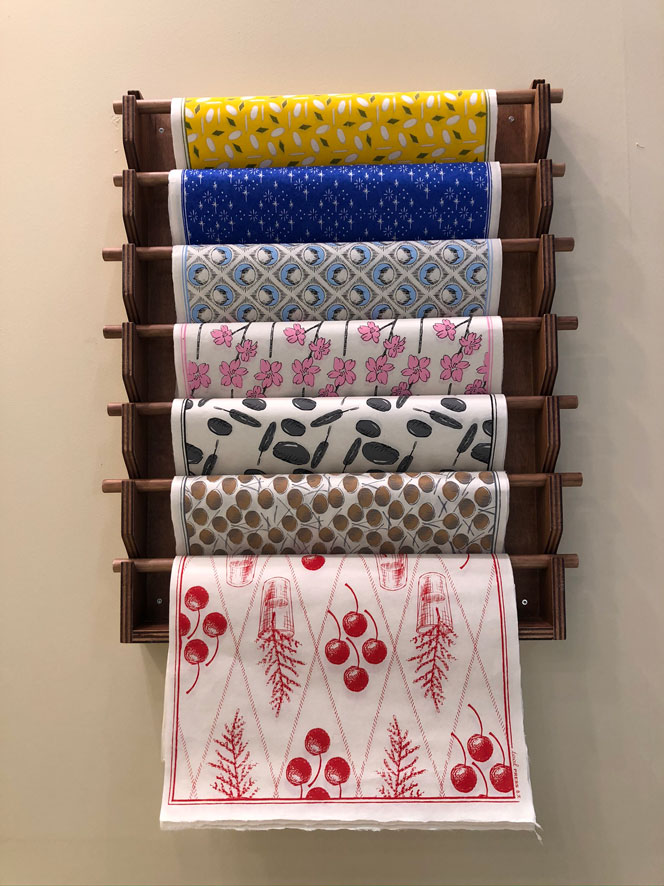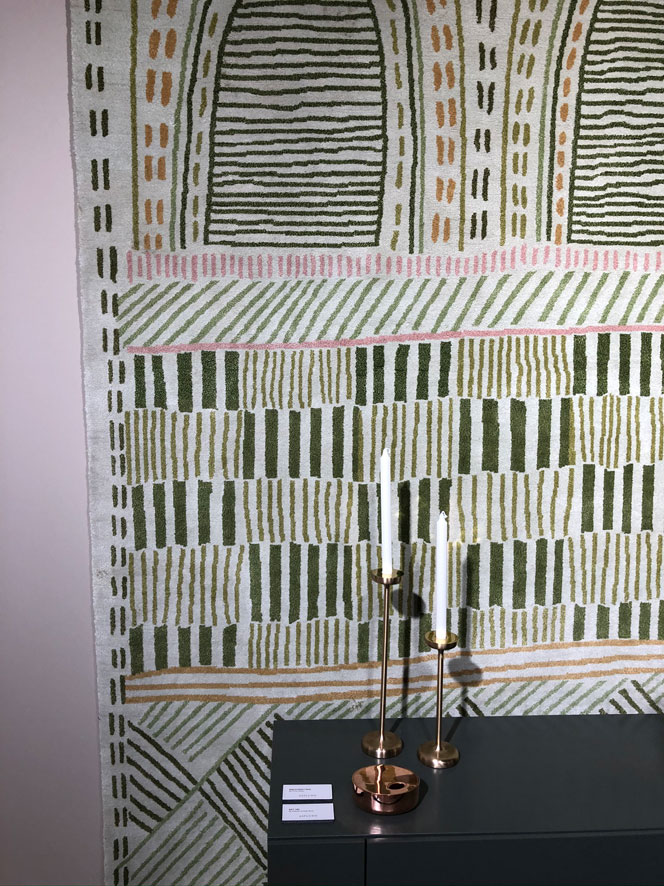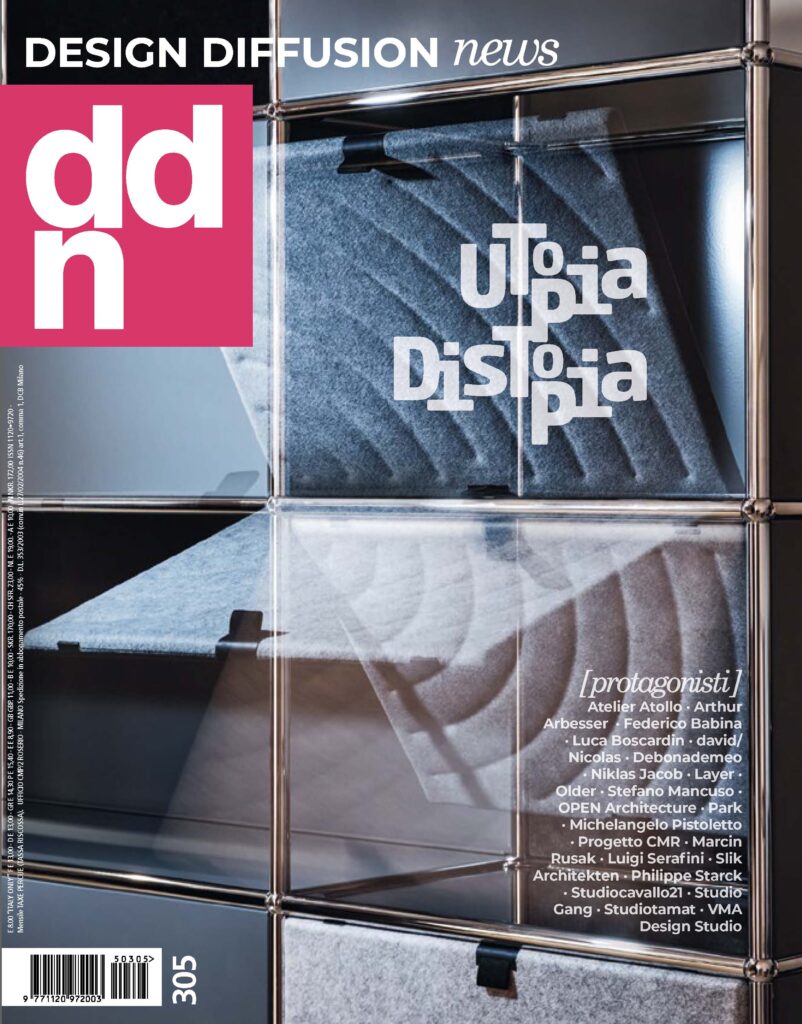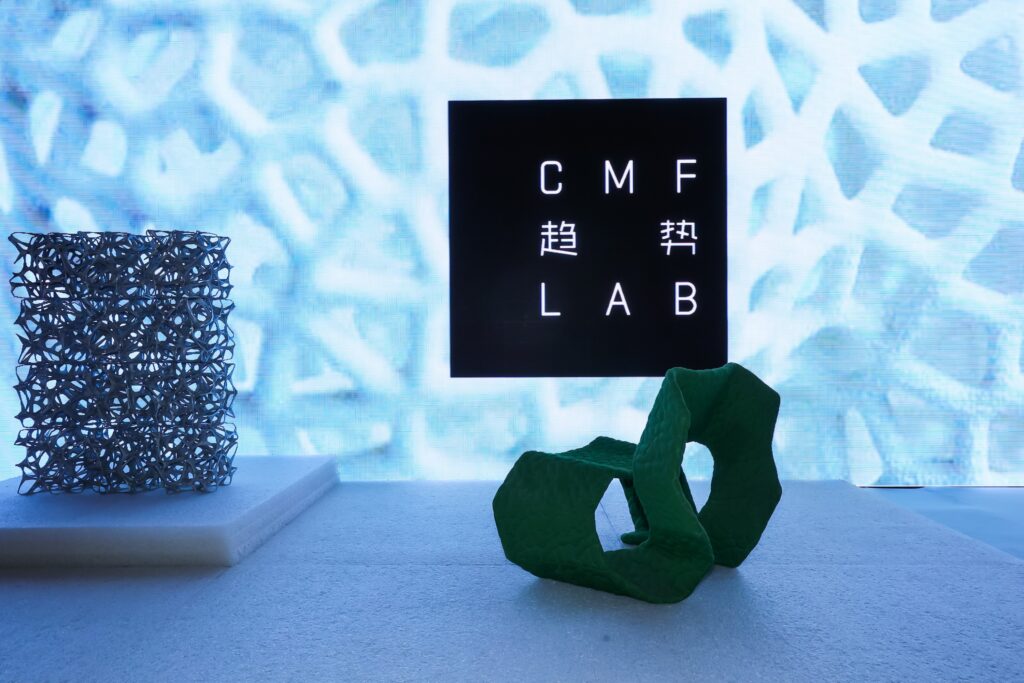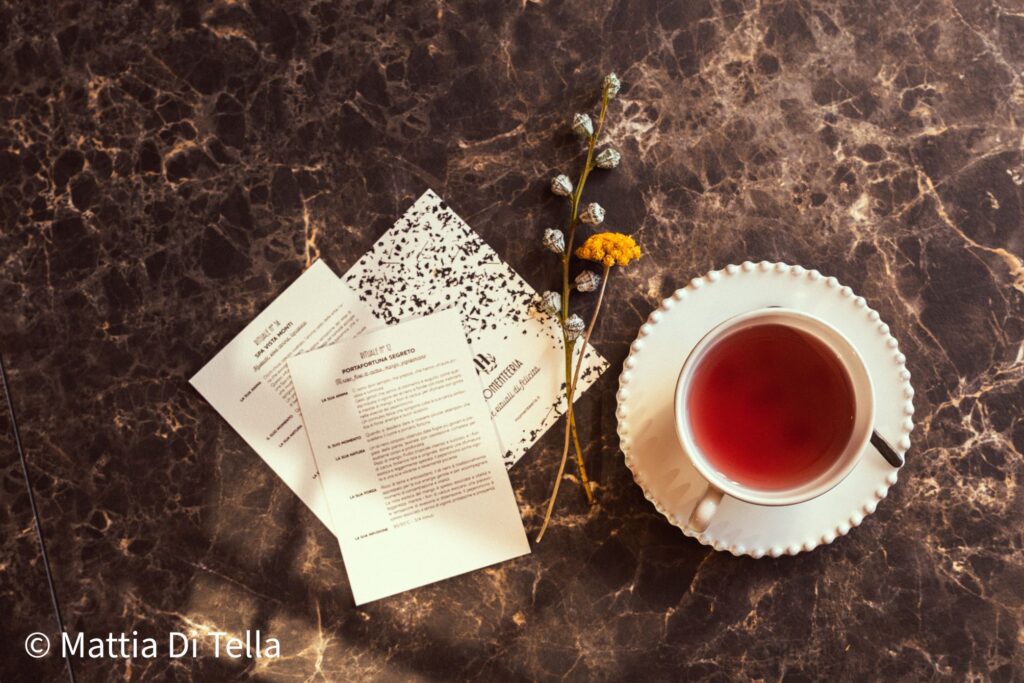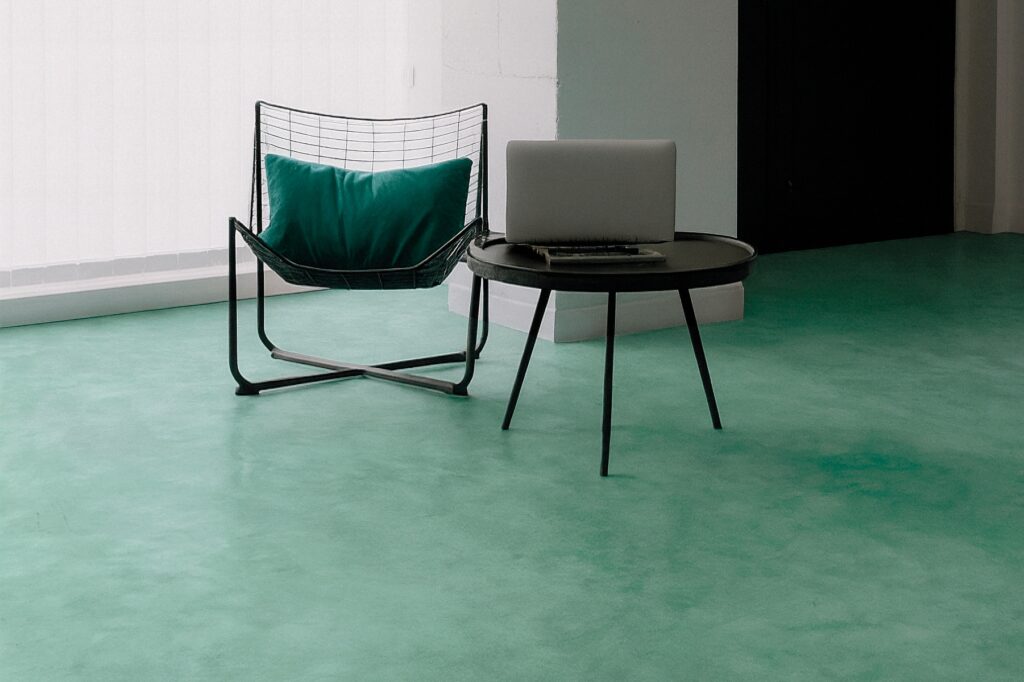Stefan Nilsson, interior designer blogger and trend hunter, visited the trade fairs held in January. In this article, he deals with sustainability.
January is the kick-start of the year. At least when it comes to fairs and launches. As an international trend analyst and trend hunter I try to attend as many as I can. This first month of 2020 got me to go to eight fairs in total. The new year looks promising on many levels – but what really stands out is sustainability, related to design. Almost all fairs had sustainability as a major theme, so let’s look at how they addressed the issues of sustainability and respect for the environment in the textile, furniture, flooring and interior design industry.
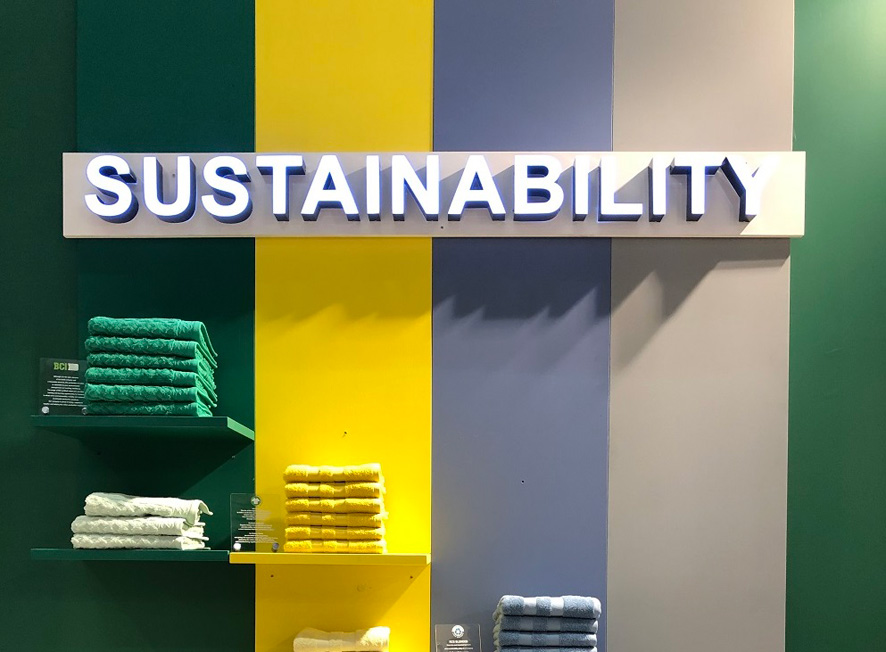
Heimtextil: innovative fabrics
The first fair of the season is usually the textile and wallpaper fair Heimtextil, at Messe Frankfurt. With over 3,000 exhibitors and 67,000 visitors, this is an important fair – and possibly Europe’s best trend installation. One segment of Heimtextil was dedicated to new and innovative materials for the textile industry.
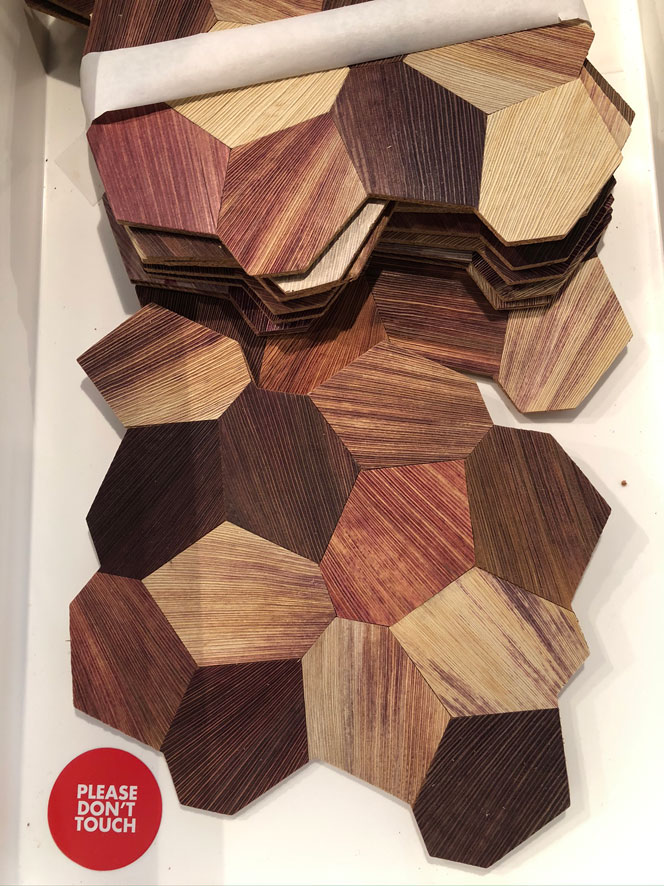
The show itself was a big driver of sustainability and the exhibitors seemed to catch on. I must say that the textile industry has come the furthest in the whole design spectrum. Companies are trying new materials, such as Tencel, obtained by recycling and working with waste. Extremely well-done. Another aspect to take into account is represented by certifications. Brands are trying to be virtuous, therefore they are looking for ways to communicate more easily. Now they are doing that with certifications and brand collaborations. I suspect that we will have a year of logo mania. How many certifications are good enough? Ten? Thirteen?
Discover everything about Heimtextil
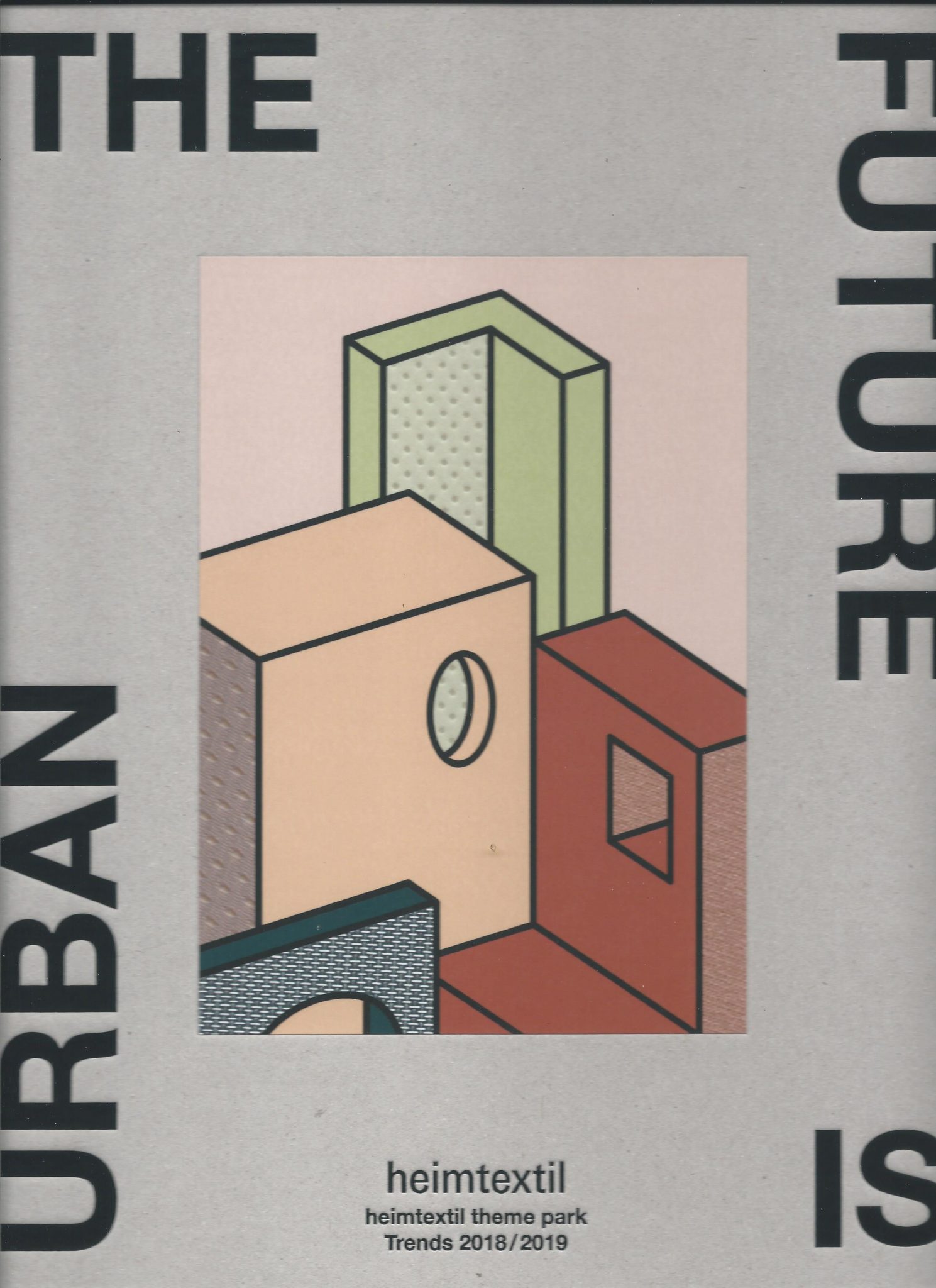
Domotex: sustainable floors
Also the flooring fair organized by Deutsche Messe in Hannover had sustainability and design as its main themes. With 1,400 exhibitors and 35,000 visitors, Domotex is quite an important event. Just as the whole textile industry is quickly shifting to communications around sustainability, so is the flooring industry. You can easily find carpets and rugs made of sustainable materials and natural fibers, like wool, for instance.
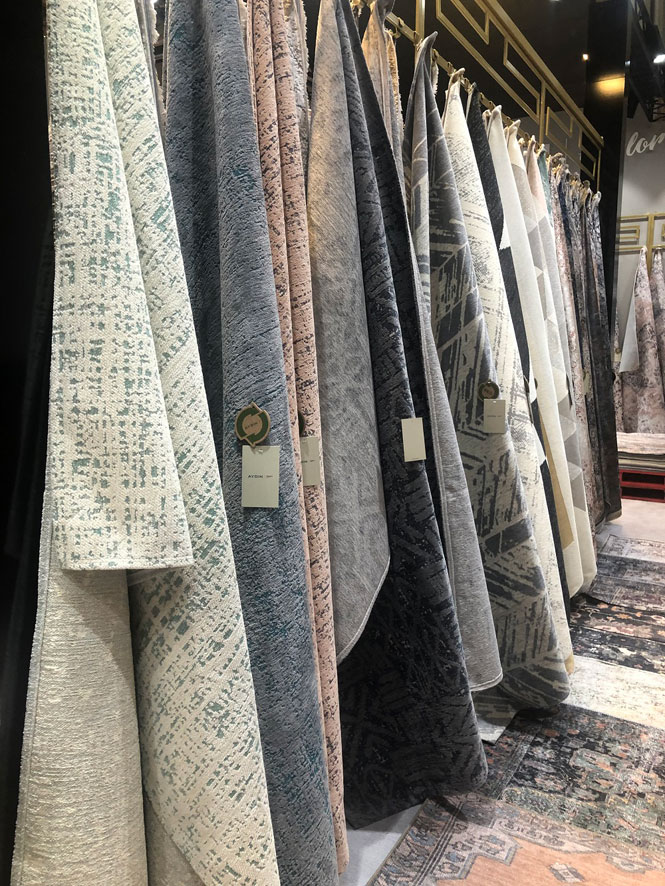
There was also a fair amount of recycled plastics made into fabrics. Some have been doing this for about five years; it is a fairly new approach where we are still “learning by doing”. But the results are really good. The trend section of the fair contained a lot of inspiration on new materials and new ways of doing flooring. The Ruggist, for example, made a carpet out of collected, discarded fishnet (called Econyl). Beautiful.

imm cologne: sustainability and furniture design, a long way to go
The third international fair taking place in Germany is imm cologne, the furniture fair held in January every year. With 128,000 visitors and over 1,200 exhibitors, also imm cologne 2020 focused on sustainability and design. However, communication in the furniture industry has not come as far as the textile industry. Maybe there are reasons for that… Perhaps it is difficult to trace all the pieces in a sofa or a workbench, but there are absolutely some more talks needed. Of course, there are also amazing brands that communicate this issue effectively – for instance Zanat.
Discover everything about imm cologne 2020
Discover the trends from imm cologne 2020
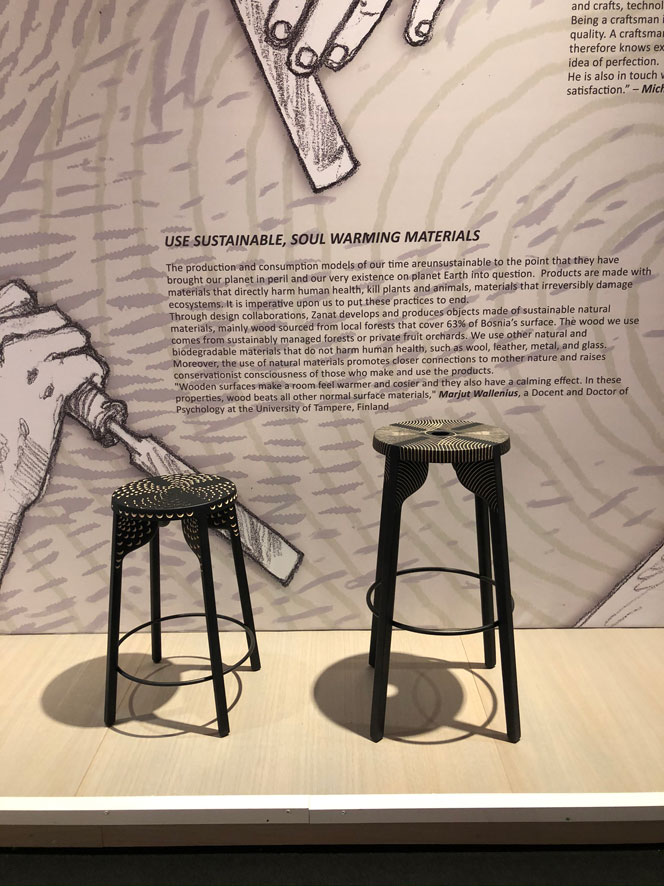
If you look at a carpet from Swedish brand Asplunds, you need to know that it is made of Tencel and that it is a good sustainable product. On the contrary, there is no communication. And that was among the most sustainable examples we saw. Concept exhibition Das Haus had no communication around sustainability.
Maison & Objet
French interior design fair Maison & Objet is always a great show. Also, you get to go to Paris… With 90,000 visitors and over 2,700 exhibitors, this is a fast-paced fair with everything from safety pins to large indoor installations. Basically, everything for houses, homes and public spaces. The theme of Maison & Objet 2020 was Re-generation, focused on the new generation, new ways of living and new demands. Sustainability was one of the topics – but just one from a list of perhaps five other issues.
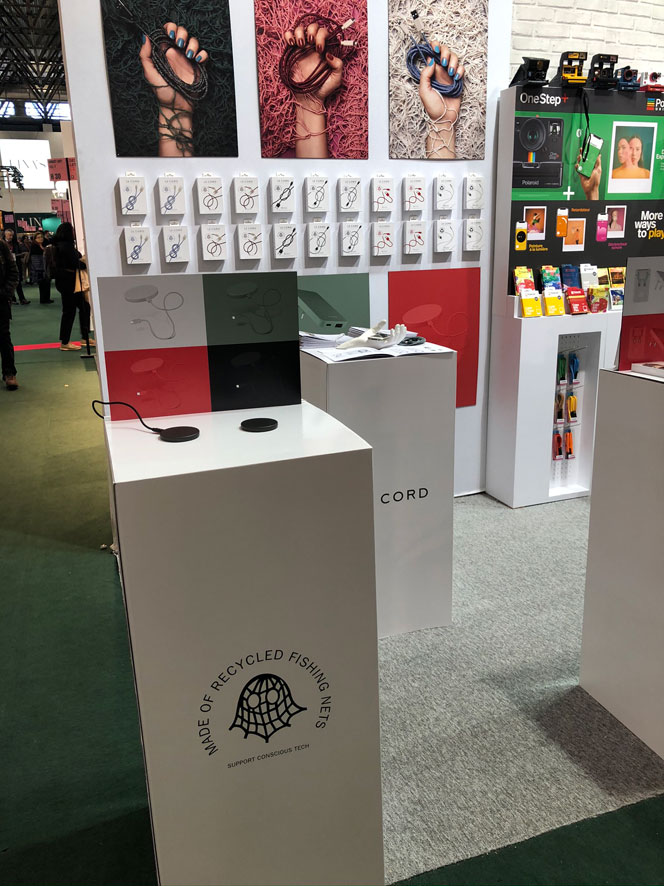
Just as the furniture industry at imm cologne had difficulties addressing sustainability, so did the section dedicated to larger pieces at M&O. On the contrary, in the areas dedicated to textiles and small objects people were talking and communicating about it. Here you would find products made out of waste, new materials and new ideas. This year I found a disposable barbeque grill that looked amazing. Or Swedish brand The Cord, which made electrical devices and cords out of recycled plastics and fishnets. In general, the level of innovation among the smaller objects is high. I found British stationary brand Ohh Deer, which makes greeting cards out of FSC-certified paper, innovative packaging and sustainable ink. But… No communication. I was able to discover them because I talked with them. And they had it all good and clear – but no communications. Lastly, I wish Maison & Objet could make a dedicated trend installation with sustainable products only.
Discover everything about Maison & Objet January 2020, the 25th edition
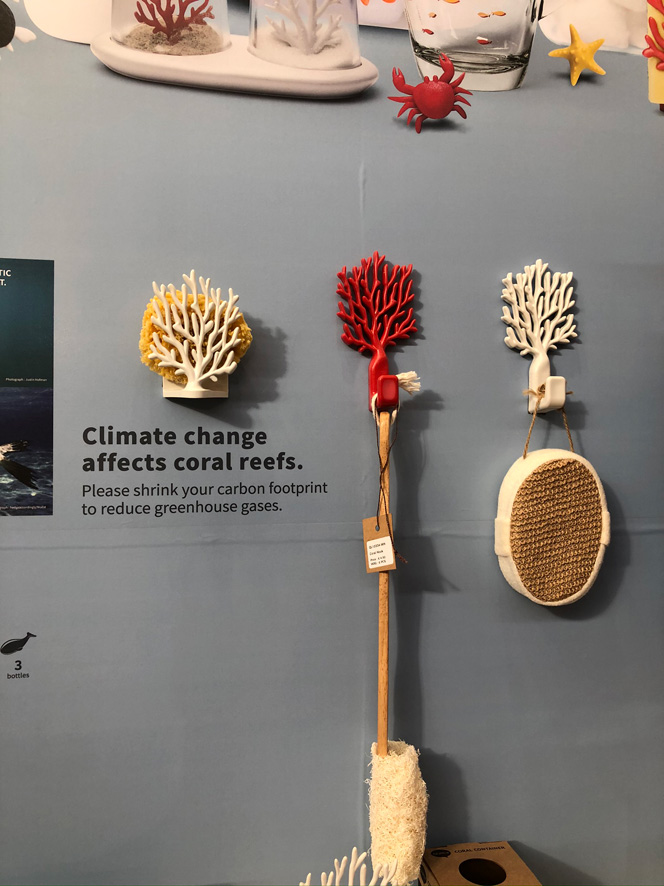
Christmasworld & Paperworld
At the end of January, it is time to think about the next Christmas season. One of the largest Christmas fairs, Christmasworld is organized by Messe Frankfurt together with two other fairs – Creativeworld and Paperworld.

The topics of these fairs are obviously quite spread out. But I managed to find some good sustainable energy here. Obviously, you can find sustainability in the paper section, and some of the pens are made in interesting materials as well. When it comes to Christmasworld, there is more focus on a happy and colourful season rather than sustainability. Over the years, I have found some brands that make ornaments in felt or paper, but sustainability is not a big focus. However, if you look at Christmas objects, such as candles, then you will most likely find something. Look hard and you will find something good. [Text Stefan Nilsson trendstefan.se]
